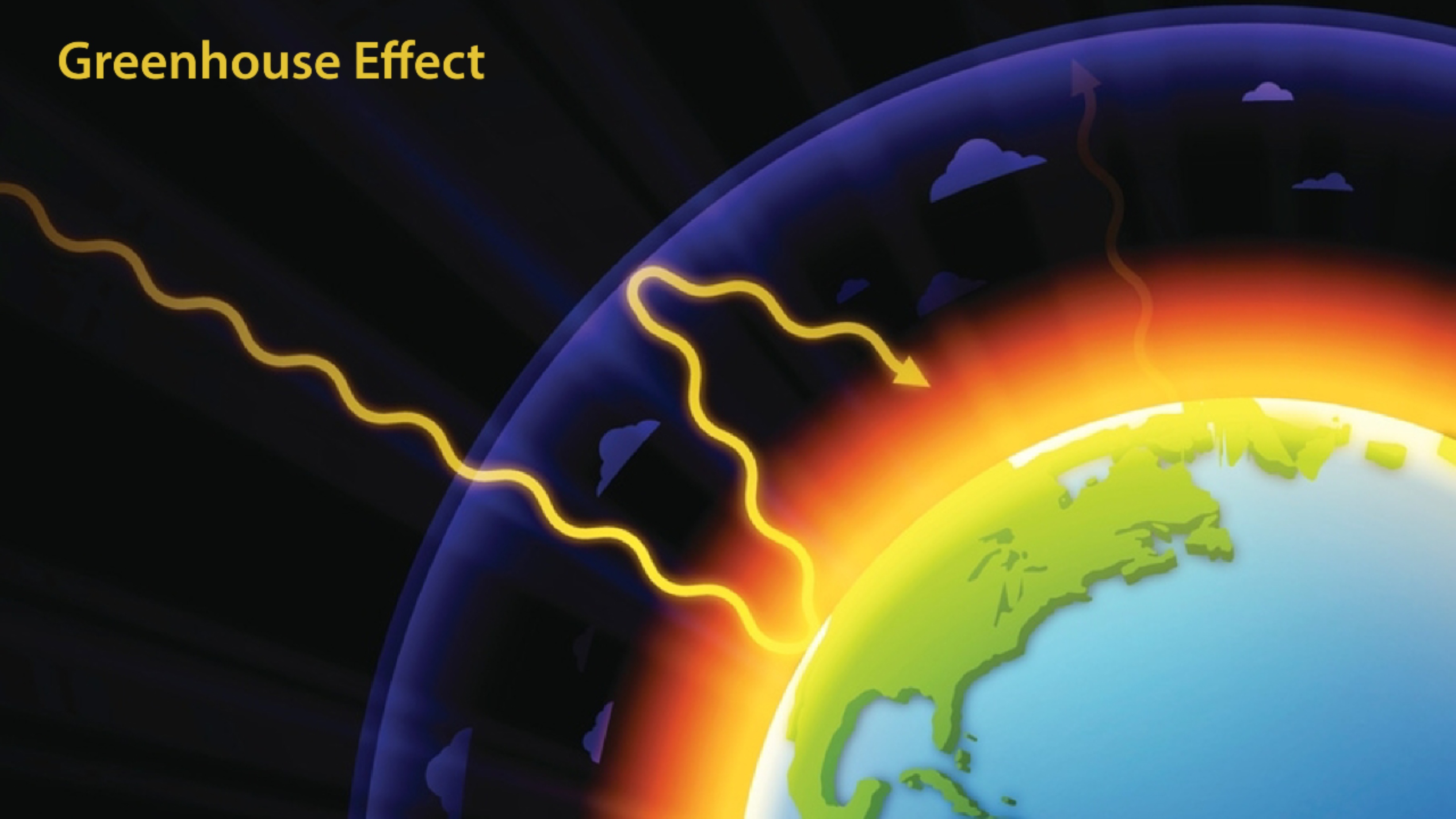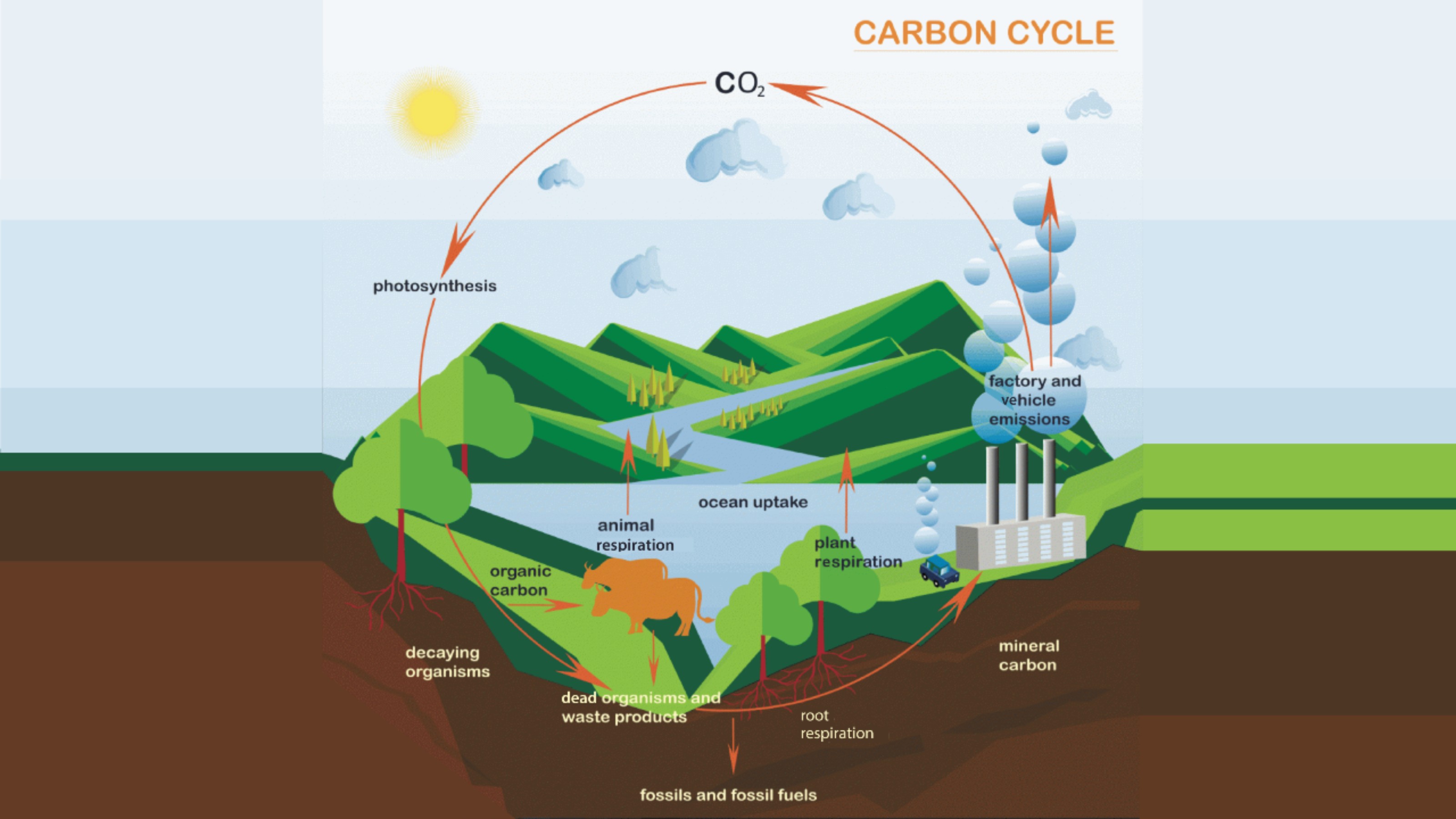Carbon sequestration
Understand the role that carbon sequestration plays in climate change, and see how the Growing Our Future project can be part of the solution.
The Growing Our Future project is a significant part of Te Herenga Waka—Victoria University of Wellington's strategy to become carbon neutral by 2030. The University plans to reduce its greenhouse gas emissions to 60 percent of 2017 levels and to offset the remainder through carbon credits generated from reforestation. The carbon credits generated by the Growing Our Future project will be shared evenly between the University and the City Council.
How it works
Carbon is an element that is fundamental for life on Earth, used as a building block in complex biological molecules. It can be found in solid, dissolved, or gaseous compounds. For example, in normal conditions, when carbon is combined with oxygen molecules, it forms gaseous carbon dioxide.
But when carbon dioxide is combined with water—via photosynthesis—the carbon is converted to a solid form, as carbohydrates, while releasing oxygen.
Fossil fuels are another part of the system. They take millions of years to form by a process in which stored carbon—in the form of dead plants and animals—is slowly deposited into the earth and then compressed and heated underground.

When we burn fossil fuels, what changes is not the amount of carbon on earth, but rather its form and location.
Burning the planet
Globally, humans burn over four billion metric tons of oil every year. This high level of fossil fuel emissions has changed the balance of how much carbon exists on Earth as stored carbon compared to gaseous carbon (in the form of carbon dioxide).
The change in balance of gaseous carbon compared to stored carbon can be seen in the increasing levels of atmospheric carbon dioxide over the past 100 years. This 'greenhouse effect' is the main cause of the Earth's heating over that time.
With the greenhouse effect, solar radiation passes through the Earth’s atmosphere, interacts with greenhouse gases, and releases heat. The higher the concentration of greenhouse gases, the greater the amount of heat that is retained by our atmosphere. This results in a rise in average air, land, and sea temperatures.
Reducing our carbon footprint
Making the University carbon neutral would mean that the amount of carbon the University releases through its activities would be equal to the amount of carbon sequestered through projects like Growing Our Future. In this way, it is hoped that the Growing Our Future project can be an example of how universities can play a part in mitigating climate change, while benefiting the communities they serve.

